Littles love to learn about numbers. They love to count and compare items with more, less and equal. Learning to identify them is one thing and usually comes fairly quickly, but they also need to know that each number has meaning. They even need to know that zero means nothing. It is hard to think down to that level of learning numbers after you have worked with numbers for so long, it seems so self explanatory, but it isn’t. Our littles need to learn that each number is different and means something different. Continue to read to find fun ways to help littles learn about numbers.
Counting: Counting can be a fun and natural activity you can start with your little when they are very young. Start with simply counting to 3 then go to 5, then 10, then 20 and work on counting to 100 before they finish kindergarten. Before our littles were one we would count with them. If we were holding them and they wanted down we would count; 1,2,3 and then we would put them down. As they got older we would count how may steps we took to get to different places. We counted how long it would take us to get places. We just counted and counted some more even if it were for no reason.
- Count just to count and see how high you can count
- Count how long it takes to wash your hands, walk to the front door, drive to the grocery store, put on your seat belt, and so many other things
- Count the number of steps you take to the front door, how many bites to finish your dinner, how many toys you can put away

One to One Correspondence: Number 3 above lends itself to begin the one to one correspondence when counting. One to one correspondence is simply counting each action or item and giving it a number. Counting their toys is so much fun, they can count each block as they put it away or help put the spoons away and count them. They can count the steps they take to go somewhere, or count the candles on a birthday cake. Play with and roll dice, then count the number of dots on each die and on both dice together. There are so many things they can count. As they are counting objects have them touch each one as they count it, this will help them begin to learn that each number has a value.
Here is a scavenger hunt A Counting We Will Go that is fun to do.
Hi Ho Cherry-O is a great game for one to one correspondence. It will also grow with them to learn addition and subtraction.

Numeral Recognition: Numeral identification should begin as they are able to count to between 5 and 10. You can show them the number for how old they are and begin to show them the numbers as they are counting. There are games you can play as well. One game littles love to play is memory. Play memory using the numerals 0-9 to begin as they turn over the numerals they need to say the names of the numerals and determine whether or not they match. Playing card games such a Go Fish and War will help the with numeral recognition as well.
Matching numbers to sets: As we begin to match numerals to sets, they are beginning to realize that numbers have a meaning and are worth a certain amount. There are many puzzles you can get to help with matching numerals to sets. 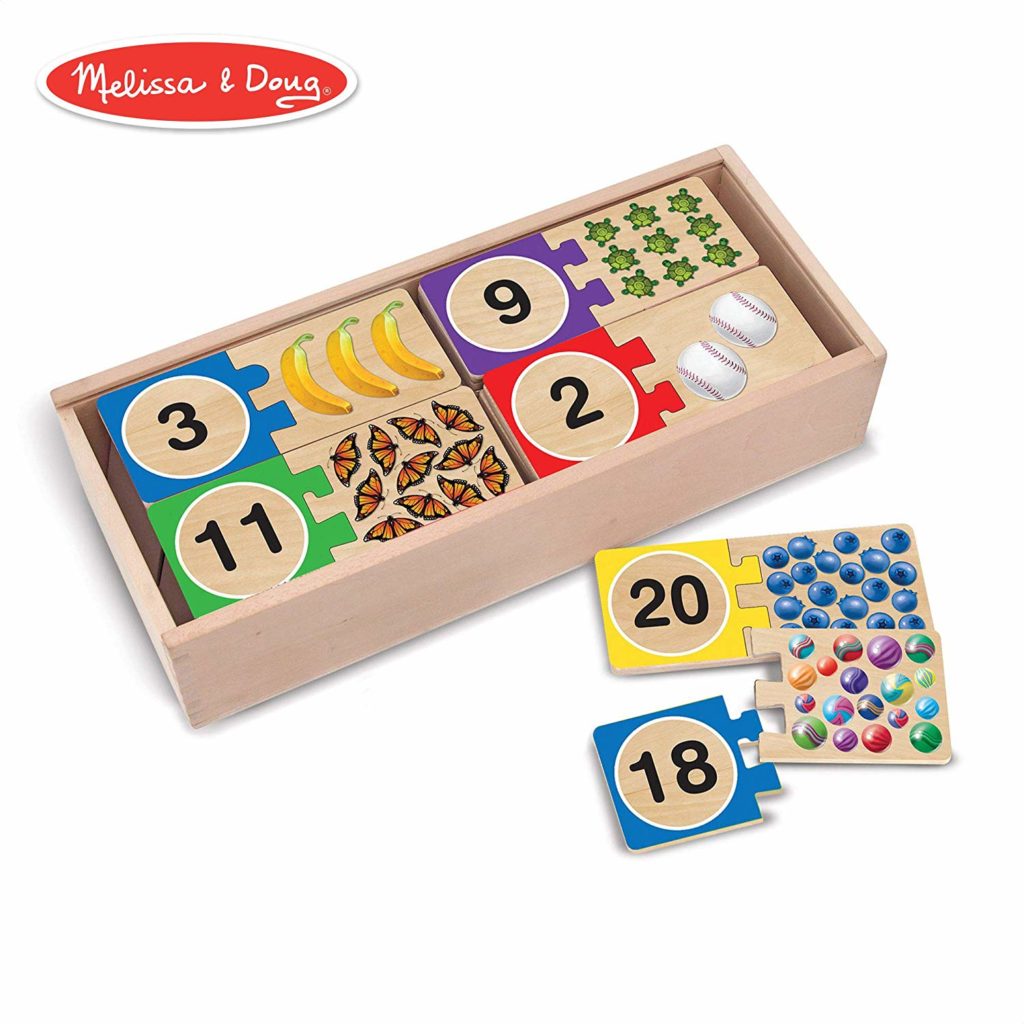
Rolling a dice and matching a number card to the dice is fun as well. They can also roll the dice and color in the number that matches the set of dots on the dice.

Five Frames/Ten Frames: The use of five frames and ten frames will help your little be able to visualize and understand a numbers value. The use of five and ten frames will also help your little learn addition and subtraction as they learn a numbers value. I will write a post on the many different ways to use five and ten frames. To begin with though show them a card and match the numeral card to it, put them in order from 0-10, or play memory matching the two that have the same number represented. Another fun activity to do is to roll a number dice and fill in a blank ten frame with the correct number of markers. Look for future posts on all thing five/ten frames.
Number Maps: Number maps allow children to show and tell what they know about numbers. These are great to use in the classroom or to use with a small group or individual child. They are wonderful to leave up and give the children a couple of days to add to it. They will find another way to represent the number and want it added. All you do is put the number in the middle of a large piece of paper. Then the children brainstorm ways to represent the number. You can add their ideas or you can allow them to add their ideas. In the classroom I would put up the ideas at first and if they had an idea to add they drew it on a paper and I would glue it on. Children love number maps and it is amazing how much they know about numbers.
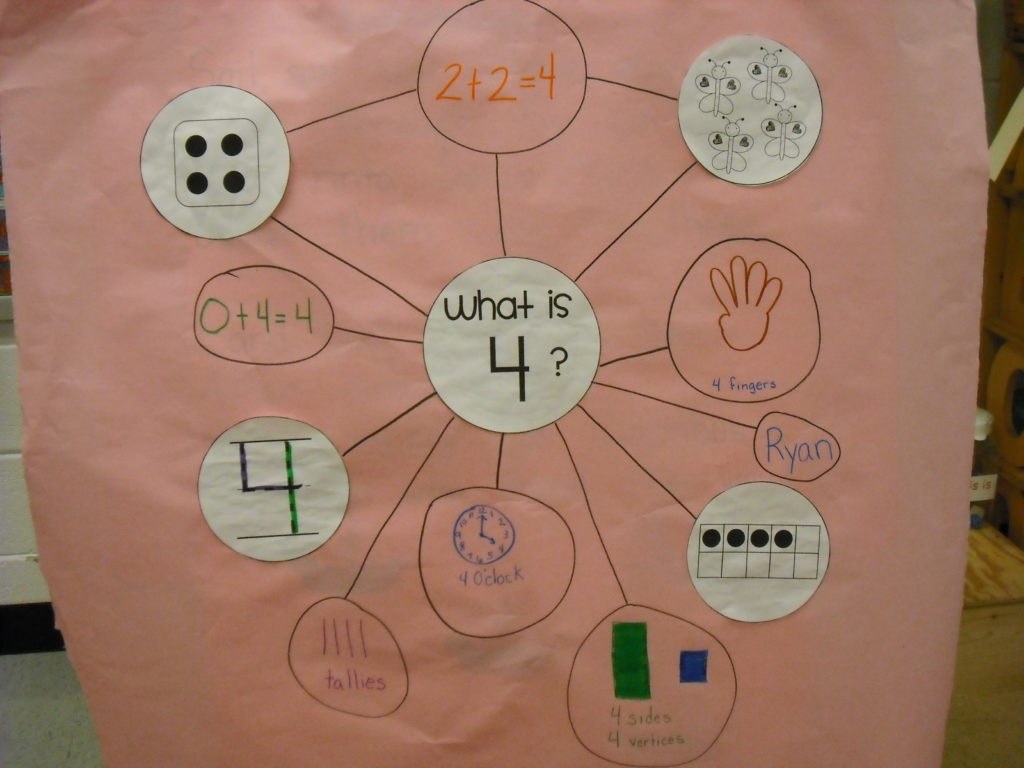
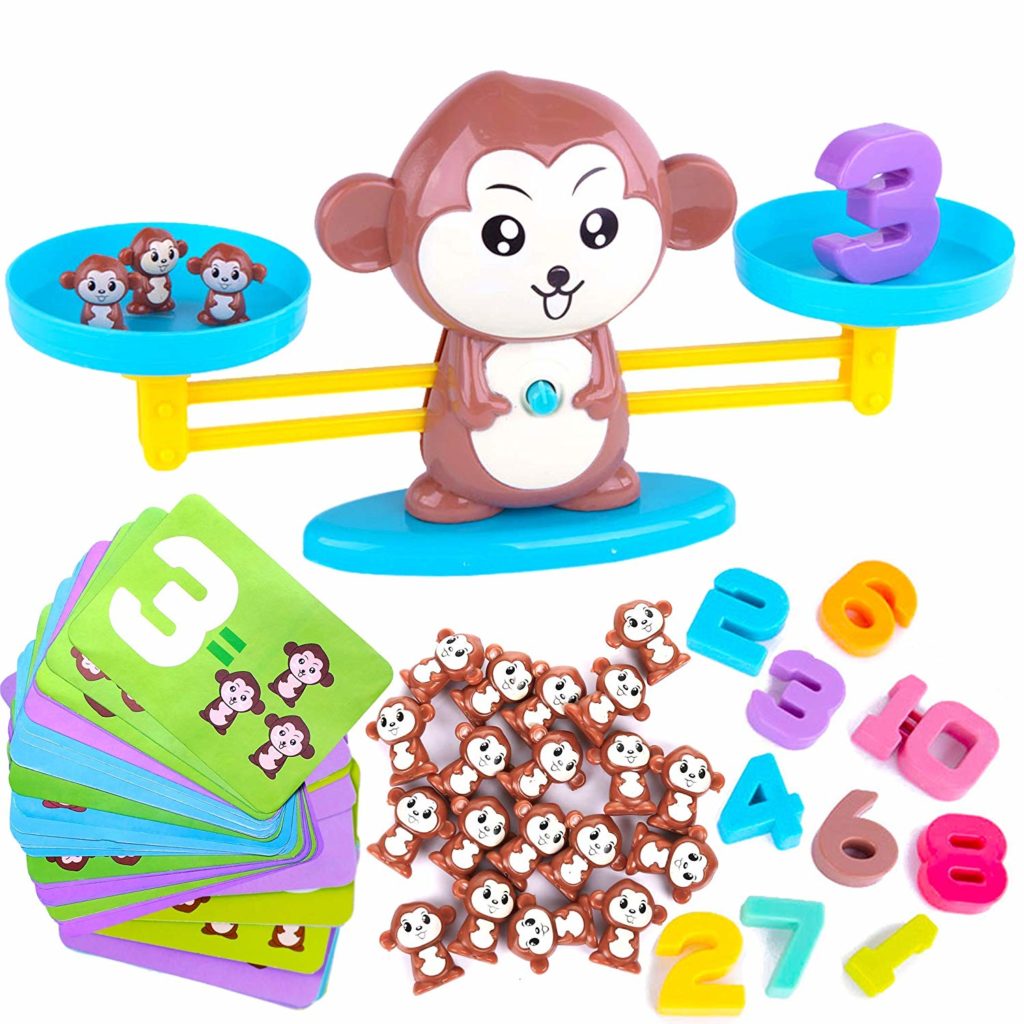 Comparing: Determining which number is more and which is less is one of the last things to discuss when learning about numbers. The puzzles, Popsicle, and five/ten frames can all help children begin to compare numbers and determine which is more and which is less. When they are comparing the numbers, ask them, how do you know it is more/less. This one question will help them begin to think about addition and subtraction and make learning math fact so much easier for them. Counting and comparing with this simple balance game will help your littles visualize more, less, and equal numbers. Come back for more to do when you children know their numbers in a future post.
Comparing: Determining which number is more and which is less is one of the last things to discuss when learning about numbers. The puzzles, Popsicle, and five/ten frames can all help children begin to compare numbers and determine which is more and which is less. When they are comparing the numbers, ask them, how do you know it is more/less. This one question will help them begin to think about addition and subtraction and make learning math fact so much easier for them. Counting and comparing with this simple balance game will help your littles visualize more, less, and equal numbers. Come back for more to do when you children know their numbers in a future post.
There are always great books to read
Here are a few of my favorite number books.
Ten Magic Butterflies by Danica McKellar
1, 2, 3 to the Zoo, A Counting Book by Eric Carle
Chicka, Chicka 1, 2, 3 by Bill Martin Jr.
How Many Bugs in a Box? A Pop Up Counting Book by David Carter
Bear Counts by Karma Wilson & Jane Chapman
10 Black Dots by Donald Crews
The Crayons Book of Numbers by Drew Daywalt & Oliver Jeffers
Ten Little Ladybugs by Melanie Gerth
Ten Apples Up On Top by Dr. Seuss
Ten Flashing Fireflies by Philemon Sturges
There are so many wonderful counting books.
What are some of your favorite counting books?

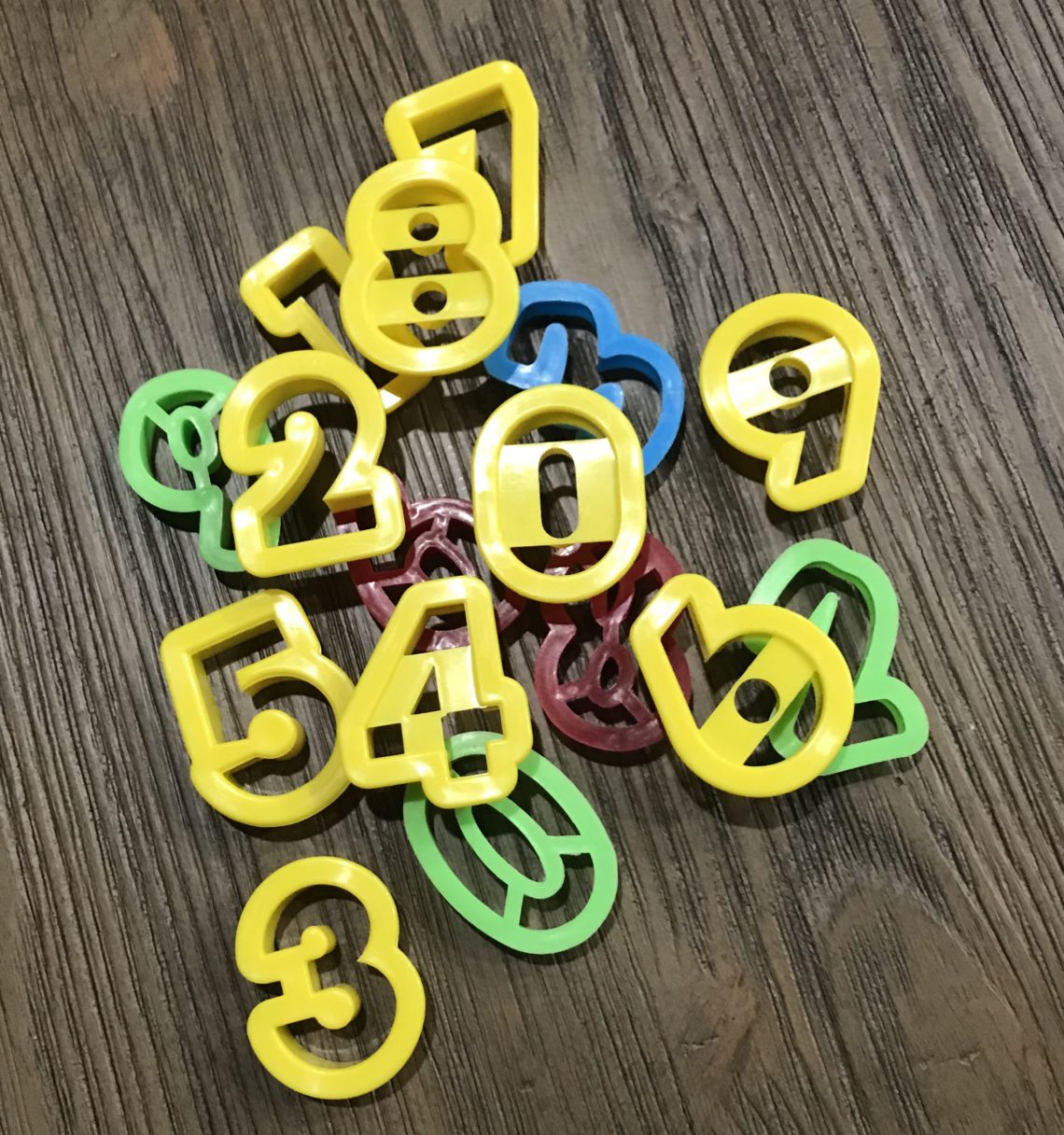



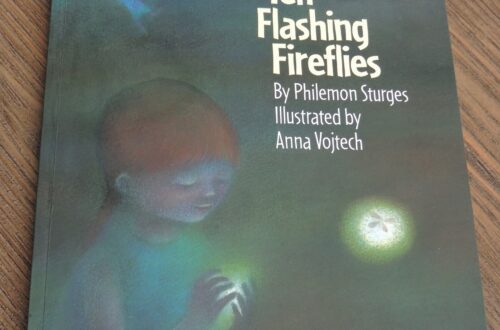
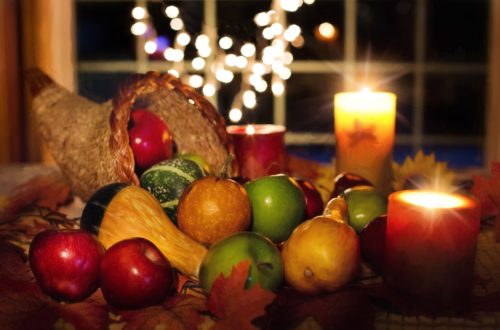

4 Comments
Denise
Thanks for sharing all of these excellent tips. I see K4 & K5 kids that struggle with counting. I agree to make a game out of learning.
Barb
Thank you. I try to approach all learning with games and activities that will engage them. We want learning to be fun, so they do not dread it later.
Tamika King
Great tips! I will try some of them to help my son with subtraction.
Barb
I am glad you liked it and can use some of the tips. Check back because I will be doing another post soon that will include addition and subtraction activities and using ten frames.